How to Track and Measure Resolution Time for Optimal Results
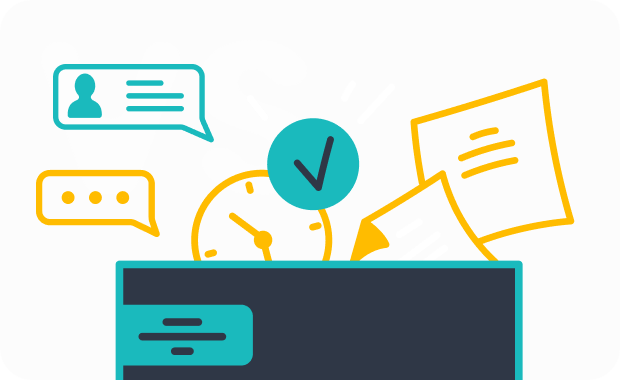
In customer service, resolution time plays a crucial role in shaping your customers' experiences. Quick solutions not only boost satisfaction but also enhance operational efficiency. For example, businesses that resolve issues faster often see improved customer loyalty and reduced frustration levels. Metrics like Average Resolution Time (ART) and First Contact Resolution (FCR) reveal how effectively your support team handles inquiries. Lower ART and higher FCR rates directly correlate with happier customers and smoother interactions.
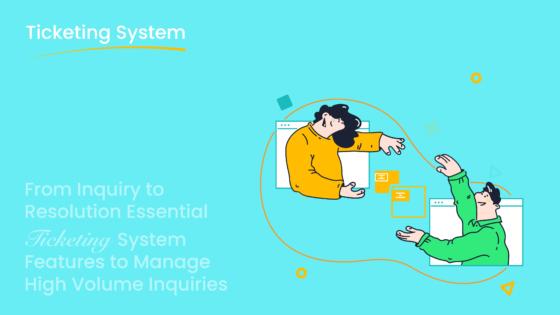
Sobot's Ticketing System simplifies tracking and managing resolution time. It integrates communication channels, automates ticket routing, and provides analytics to help you streamline your processes. By leveraging such tools, you can meet customer expectations while maintaining efficiency in your operations.
Understanding Resolution Time in Customer Service
What is Resolution Time?
Resolution time refers to the duration it takes to resolve a customer issue from the moment it is reported until it is marked as resolved. This metric, often called time to resolution (TTR), is a cornerstone of customer service metrics. It reflects how efficiently your team addresses customer concerns. For example, if a customer submits a ticket at 10 a.m. and the issue is resolved by 2 p.m., the resolution time is four hours.
Key measurable parameters define resolution time in customer service:
| Measurable Parameter | Description |
|---|---|
| Average Ticket Resolution Time | The average time taken to resolve customer support tickets. |
| First Response Time | The time taken to provide the first response to a customer inquiry. |
| First Contact Resolution Rate | The percentage of issues resolved on the first contact with the customer. |
Tracking these metrics helps you understand your team's efficiency and identify areas for improvement. Tools like Sobot's Ticketing System simplify this process by automating ticket management and providing analytics for accurate measurement.
Why Resolution Time Matters for Customer Satisfaction
Resolution time directly impacts customer satisfaction. Customers value their time, and quicker resolutions often lead to better experiences. Research shows that shorter first response times and higher resolution rates correlate with increased satisfaction and loyalty. For instance, a customer who receives a prompt solution is more likely to recommend your service.
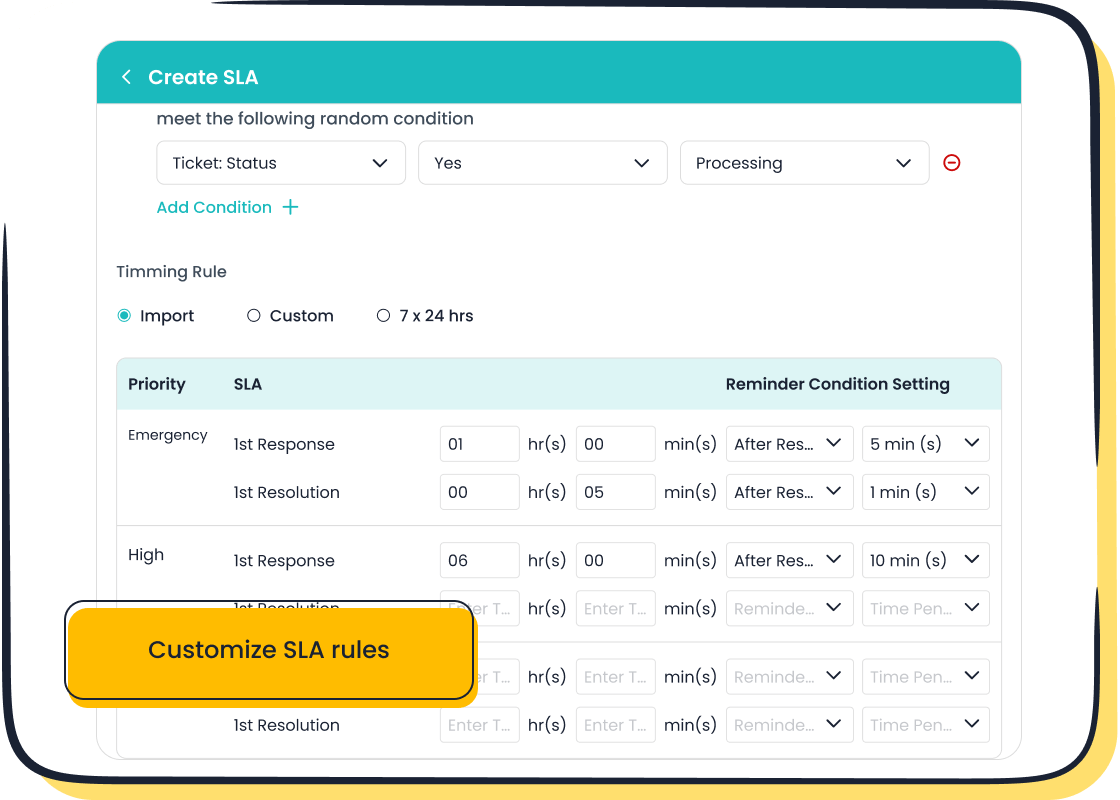
Additionally, metrics like mean time to resolve (MTTR) and mean time to repair (MTTR) provide insights into your team's performance. Reducing the mean time to resolution not only improves customer experience but also enhances operational efficiency. Sobot's tools, such as SLA reminders and AI-powered ticketing, help you achieve these goals by streamlining workflows and ensuring timely responses.
Common Challenges in Managing Resolution Time
Managing resolution time comes with its own set of challenges. Procrastination, distractions, and lack of motivation can hinder your team's ability to resolve issues promptly.
| Challenge | Impact on Resolution Time |
|---|---|
| Procrastination | Leads to missed deadlines and impacts motivation |
| Distractions | Breaks work flow, reduces concentration, wastes time |
| Lack of Motivation | Makes it difficult for employees to stay on track |
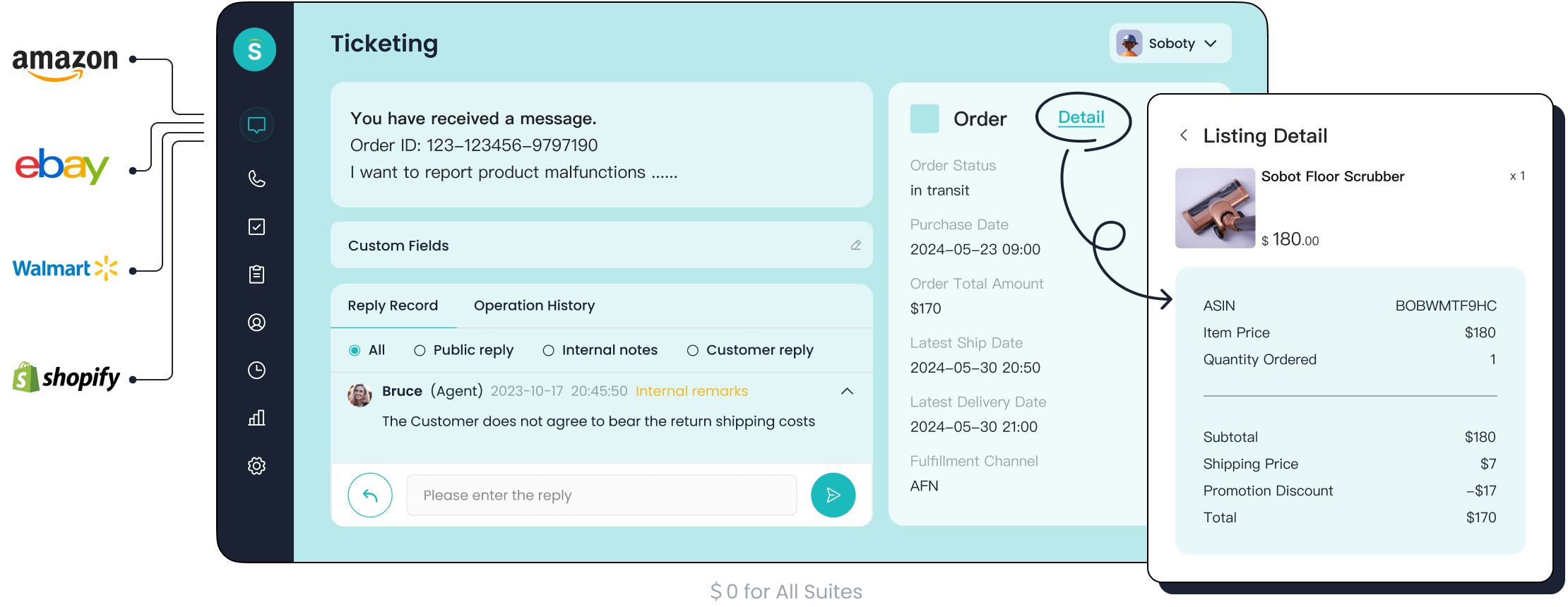
These challenges can increase the total resolution time of incidents, affecting customer satisfaction. Addressing these issues requires a combination of training, efficient tools, and clear workflows. For example, Sobot's Ticketing System automates repetitive tasks, allowing your team to focus on resolving complex issues. This not only reduces resolution time but also boosts team morale and productivity.
How to Calculate Time to Resolution
Step-by-Step Guide to Calculate Time to Resolution
Calculating time to resolution is essential for understanding how efficiently your team resolves customer issues. Follow these steps to calculate the time to resolution accurately:
- Record the Start Time: Note the exact time when a customer submits a ticket or raises an issue. This marks the beginning of the resolution process.
- Track the End Time: Identify when the issue is fully resolved and the ticket is closed. This is the endpoint of the resolution.
- Calculate the Duration: Subtract the start time from the end time to determine the total duration of the resolution process.
- Aggregate Data: For multiple tickets, sum up the total resolution times for all tickets within a specific period.
- Divide by the Number of Tickets: To find the average resolution time, divide the total resolution time by the number of tickets resolved during that period.
For example, if your team resolves 30 tickets in 108,000 minutes, the average resolution time is 3,600 minutes per ticket, or 2 days and 30 minutes. Tools like Sobot's Ticketing System simplify this process by automating time tracking and providing detailed analytics.
Examples of Average Resolution Time Calculations
Understanding average resolution time through real-world examples helps you benchmark your performance. Below are some scenarios:
| Scenario | Average Resolution Time | Calculation Method |
|---|---|---|
| Top-performing ecommerce | 1.67 hours | Total duration of resolved conversations / # of customer conversations = Average resolution time |
| Software company support team | 2.8 hours | Total time spent resolving all issues / Number of issues solved = Average TTR |
To calculate average resolution time for your team:
- Choose a specific time period, such as a week or month.
- Add up the total time spent resolving all issues during that period.
- Divide the total time by the number of resolved tickets.
For instance, if your team resolves 50 tickets in 1,500 minutes, the average resolution time is 30 minutes per ticket. Sobot's Ticketing System can automate these calculations, ensuring accuracy and saving time.
Key Metrics to Track When Calculating Resolution Time
Tracking the right metrics ensures you measure time to resolution effectively. Here are the key performance indicators (KPIs) to monitor:
| Metric | Description |
|---|---|
| Average Resolution Time | Tracks the general trend of how long it takes to resolve tickets over time. |
| First Contact Resolution Rate | Measures the percentage of tickets resolved on the first interaction, reflecting service efficiency. |
| Number of Resolved Tickets | Monitors the volume of tickets resolved, helping manage backlog and evaluate team performance. |
These metrics provide a comprehensive view of your team's efficiency. For example, a high first contact resolution rate indicates that your team resolves most issues without requiring follow-ups. Sobot's Ticketing System offers built-in analytics to track these KPIs, helping you identify areas for improvement and optimize your processes.
Tools and Metrics for Tracking Resolution Time
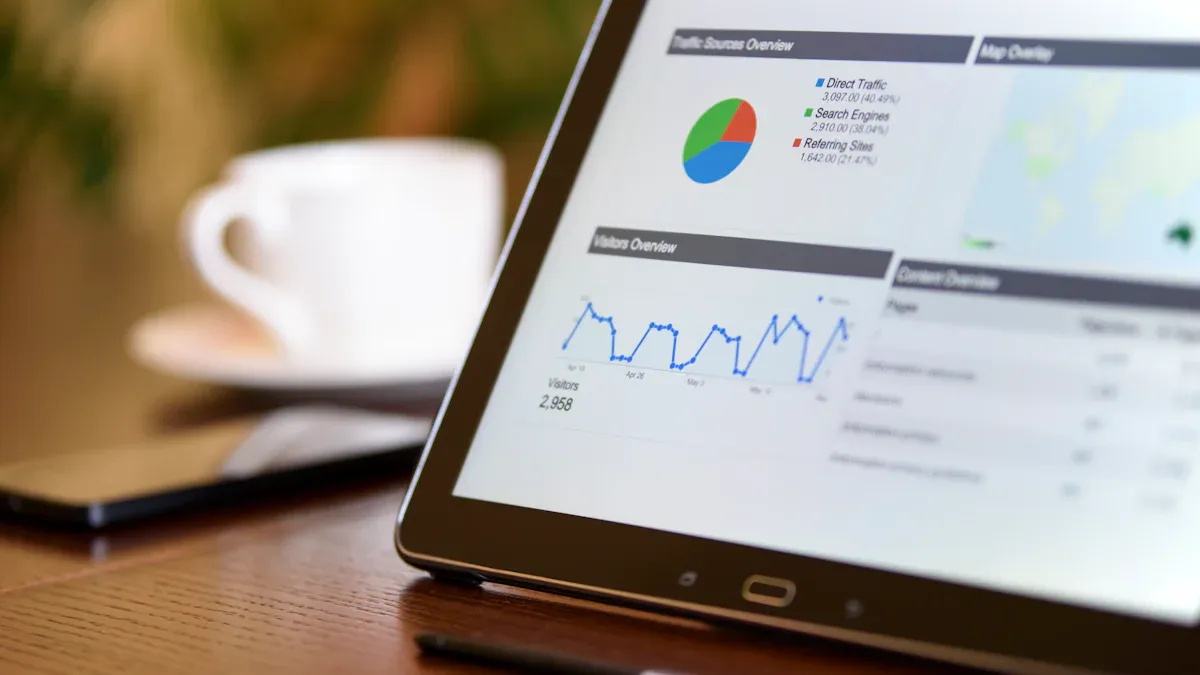
How Sobot's Ticketing System Helps Track Resolution Time
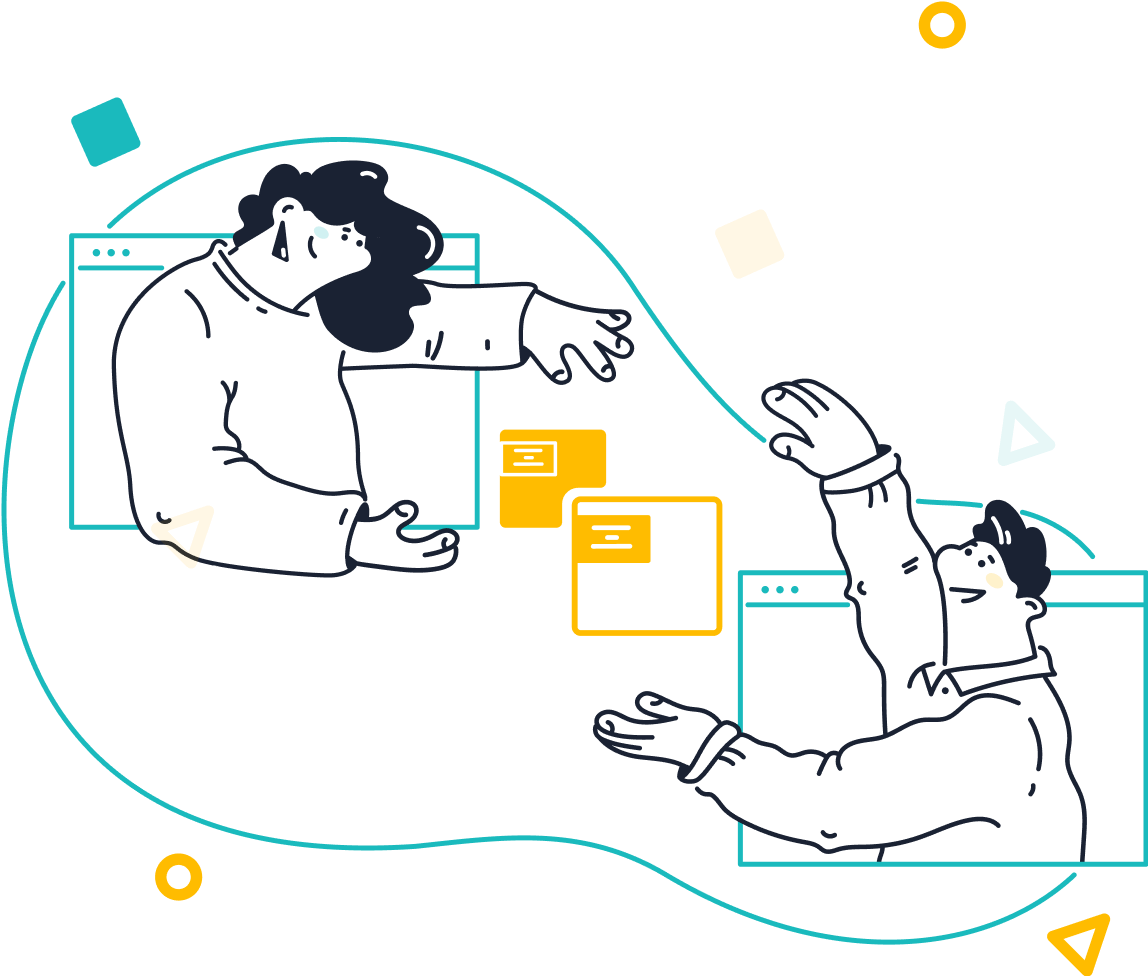
Sobot's Ticketing System simplifies how you track and manage time to resolution. It integrates all communication channels into one platform, ensuring no ticket gets overlooked. The system automates ticket creation and routing, saving your support team valuable time. Features like SLA reminders and AI-powered analytics help you monitor average resolution time and ensure timely responses.
For example, if a customer submits a ticket via email, the system automatically assigns it to the right agent based on custom rules. This reduces delays and improves customer satisfaction. The multilingual support feature ensures global customers receive assistance in their preferred language, further enhancing the customer experience.
By using Sobot's Ticketing System, you can reduce total resolution time and focus on improving MTTR. The system also provides trusted analytics, helping you identify bottlenecks and optimize workflows for better results.
Essential Metrics for Measuring Time to Resolution
Tracking the right metrics ensures accurate measurement of your team's performance. Here are some essential metrics:
| Metric | Description |
|---|---|
| Mean Time to Resolve | Average time to fully resolve an issue, including detection, diagnosis, and repair. |
| Mean Time to Respond | Average time taken to respond to a failure once alerted, excluding system-caused delays. |
| Mean Time to Repair | Time required to fix the underlying issue, often involving technical intervention. |
| Mean Time to Restore | Focuses on getting services back up for customers as quickly as possible. |
These metrics provide a comprehensive view of your resolution time performance. For instance, a low mean time to resolve indicates that your team resolves issues efficiently, leading to higher customer satisfaction. Sobot's analytics tools make it easy to track these metrics and identify areas for improvement.
Integrating Resolution Time Tracking into Omnichannel Solutions
Omnichannel solutions, like Sobot's, allow you to manage customer interactions across multiple platforms seamlessly. By integrating resolution time tracking into these solutions, you can monitor performance across all channels in real-time.
For example, Sobot's Omnichannel Solution consolidates data from email, chat, and social media into a unified workspace. This enables your team to track metrics like average resolution time and MTTR without switching between systems. The platform also uses AI to automate repetitive tasks, freeing up agents to focus on complex issues.
Integrating resolution time tracking into omnichannel solutions not only improves MTTR but also enhances the overall customer experience. With Sobot's tools, you can ensure consistent service quality and meet customer expectations across all touchpoints.
Factors That Influence Resolution Time
Internal Factors (e.g., Team Training, Workflow Efficiency)
Internal factors significantly impact the average resolution time of customer issues. Well-trained teams and efficient workflows are essential for reducing the total resolution time. For instance, employees who complete training programs are better equipped to handle complex inquiries. Metrics like training completion rate and knowledge retention directly influence how quickly your support team resolves issues.
| Metric | Description |
|---|---|
| Training Completion Rate | Tracks the percentage of employees who finish training programs. |
| Knowledge Retention | Measures how well employees retain skills and knowledge from training. |
| User Adoption Rate | Indicates how effectively employees adopt new tools or processes. |
Efficient workflows also play a critical role. Streamlined processes minimize delays and ensure that tickets are routed to the right agents. Sobot's Ticketing System automates ticket assignment and provides SLA reminders, helping your team stay on track and improve MTTR. By focusing on internal improvements, you can enhance both operational efficiency and customer satisfaction.
External Factors (e.g., Customer Complexity, Communication Channels)
External factors, such as the complexity of customer issues and the communication channels used, also affect resolution time. Customers with intricate problems may require more time to resolve their concerns. Additionally, the mode of communication influences expectations. For example, live chat and phone calls often demand faster responses compared to email.
| Factor Type | Evidence |
|---|---|
| Customer Expectations | 90% of customers rate immediate responses as important or very important. |
| Communication Channels | Advances in technology provide faster options like live chat, which can reduce resolution time. |
| Perceived Complexity | Complex issues may lead to longer resolution times, but clear communication can mitigate delays. |
Sobot's Omnichannel Solution integrates multiple communication platforms into a unified workspace. This allows your support team to manage inquiries efficiently, regardless of the channel, ensuring a seamless customer experience.
Identifying and Addressing Bottlenecks in Resolution Time
Bottlenecks in resolution time often stem from resource limitations, inefficient processes, or lack of coordination. Identifying these issues is the first step toward improvement. For example, analyzing response times can reveal delays caused by manual ticket routing. Implementing automation, like Sobot's AI-powered tools, can eliminate these inefficiencies.
A real-world example highlights how addressing bottlenecks can lead to significant improvements. In Nigeria, a flexible funding mechanism reduced response times from six days to two days by streamlining outbreak investigations. Similarly, your team can achieve faster resolutions by optimizing workflows and leveraging advanced tools.
By proactively identifying and addressing bottlenecks, you can improve MTTR and enhance overall customer satisfaction.
Strategies to Reduce Resolution Time
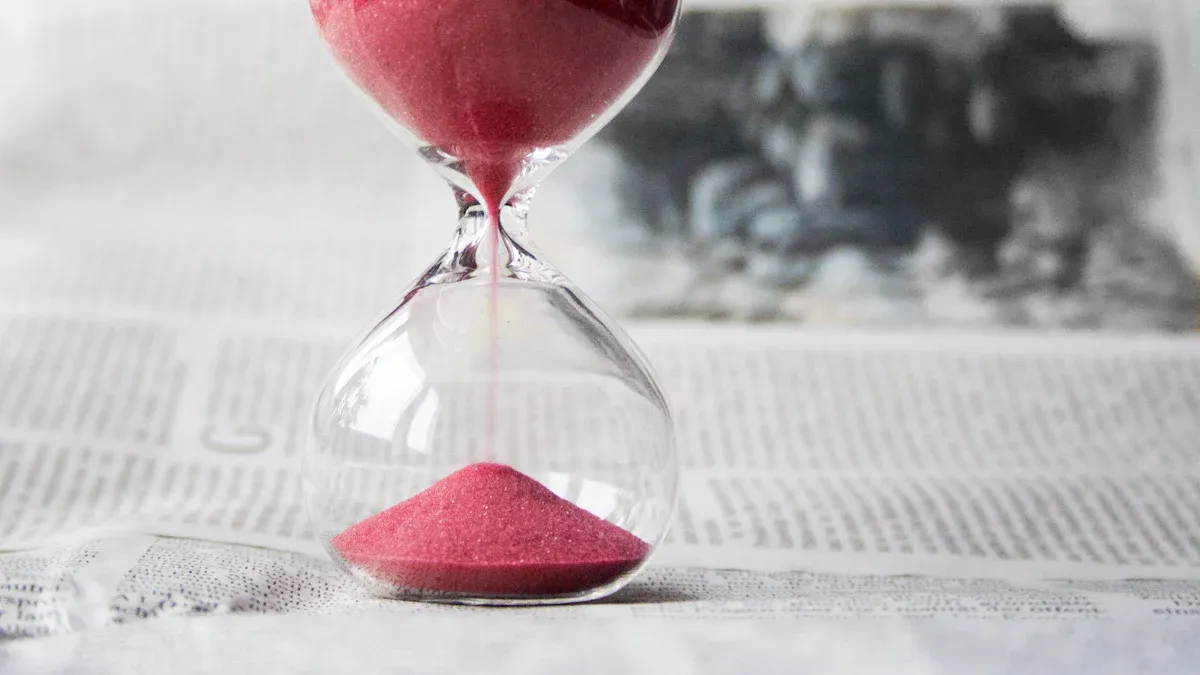
Leveraging Automation with Sobot's Ticketing System
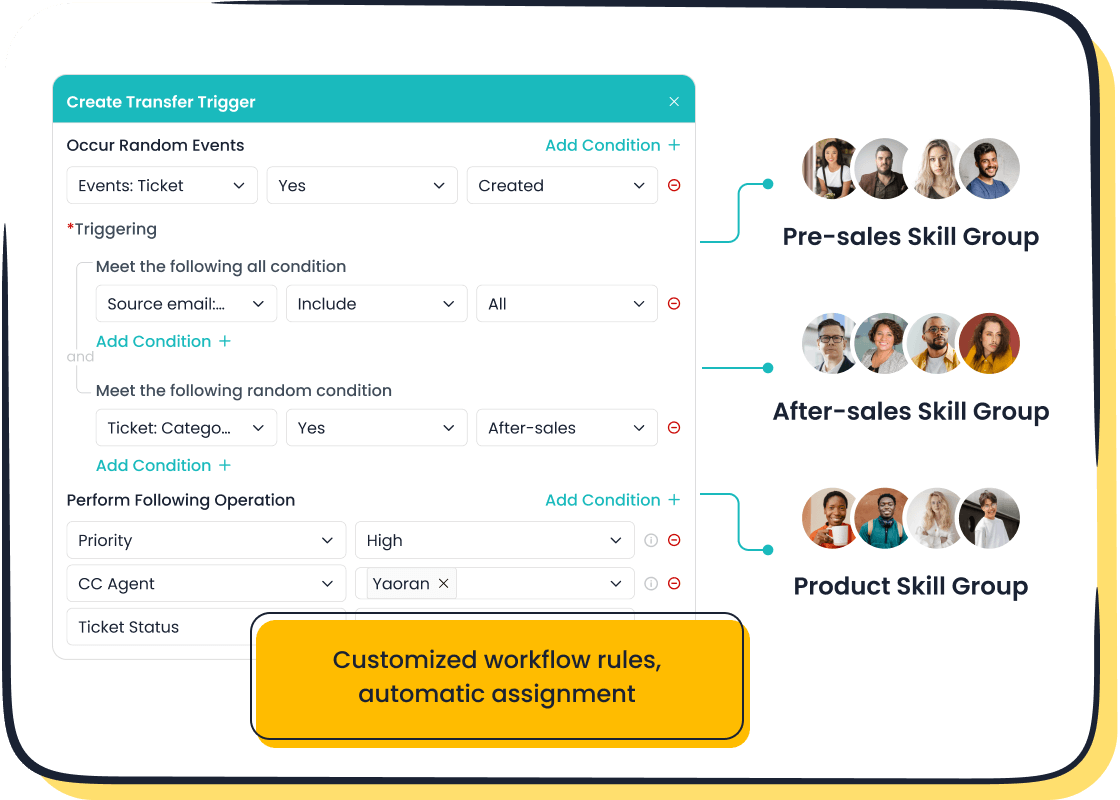
Automation is one of the most effective ways to reduce resolution time. Sobot's Ticketing System offers advanced automation features that streamline your customer service operations. By automating ticket creation, routing, and SLA reminders, the system ensures that your support team focuses on resolving issues rather than managing administrative tasks. For instance, when a customer submits a ticket, the system automatically assigns it to the most suitable agent based on predefined rules. This eliminates delays caused by manual assignments.
The impact of automation is significant. Studies show that leveraging automation can reduce resolution time by up to 50% and improve first response time by 37%. Sobot's AI-powered analytics also help you identify bottlenecks and optimize workflows, further enhancing efficiency. These improvements not only reduce the mean time to resolution (MTTR) but also boost customer satisfaction by ensuring timely responses.
| Metric | Improvement Percentage |
|---|---|
| Reduction in resolution time | Up to 50% |
| First response time improvement | 37% |
| Enhanced resolution speed | Up to 52% |
By integrating automation into your processes, you can achieve faster resolutions and provide a seamless customer experience.
Training and Empowering Customer Support Teams
Empowering your support team with the right training and resources is crucial for improving MTTR. Well-trained agents can handle complex issues more effectively, reducing the total resolution time. Training programs should focus on active listening, problem-solving techniques, and understanding customer concerns. For example, teaching agents to use empathy as a foundation for communication can lead to more meaningful interactions and faster resolutions.
Providing agents with access to AI-powered knowledge bases also enhances their ability to resolve issues on the first call. These tools offer instant access to context-aware responses, enabling agents to address customer concerns efficiently. Empowered teams not only improve first call resolution rates but also foster customer loyalty, even when mistakes occur.
- Empowered teams focus on improving first call resolution (FCR).
- Access to context-aware responses enhances issue resolution on the first call.
- AI-powered knowledge bases reduce Average Handling Time (AHT).
- Fewer touchpoints lead to faster resolutions and higher customer satisfaction.
Investing in your team's skills and tools ensures they are equipped to deliver exceptional service, ultimately reducing resolution time and enhancing the overall customer experience.
Optimizing Workflows and Processes for Faster Resolutions
Streamlined workflows and well-defined processes are essential for reducing the average resolution time. Identifying and addressing bottlenecks, such as missed handoffs or unclear responsibilities, can significantly improve efficiency. For example, Sobot's Ticketing System automates ticket routing and provides SLA reminders, ensuring that no ticket falls through the cracks.
Optimized workflows also cut operational waste by eliminating unnecessary steps like redundant meetings or paperwork. Establishing clear processes minimizes errors and enhances consistency, empowering your team to work more effectively. Companies that implement workflow optimization report project completion times that are 30% faster and reduce operational costs by up to 25%.
- Identify and resolve bottlenecks to speed up workflows.
- Eliminate unnecessary steps to improve efficiency.
- Establish clear processes to minimize errors and enhance predictability.
- Track cycle times to identify areas for improvement.
Utilizing modern technology for time-tracking provides insights into task completion times and employee performance. These insights are crucial for identifying areas that need improvement.
By optimizing your workflows and processes, you can achieve faster resolutions, improve MTTR, and enhance customer satisfaction.
Industry Benchmarks and Best Practices for Resolution Time
Average Resolution Time Standards Across Industries
Understanding industry benchmarks for average resolution time helps you evaluate your support team's performance. Different communication channels have varying expectations for resolution speed. For example, live chat typically resolves issues within 5-10 minutes, while email support averages 24 hours. Below is a comparison of resolution time standards across common support channels:
| Support Channel | Average Resolution Time |
|---|---|
| Email support | 24 hours |
| Phone support | 10-60 minutes |
| Live chat | 5-10 minutes |
| Social media support | 24 hours |
These benchmarks highlight the importance of tailoring your approach based on the channel used. Tools like Sobot's Ticketing System help you meet these standards by automating workflows and providing real-time analytics. For instance, the system's SLA reminders ensure your team stays on track, reducing the total resolution time and improving customer satisfaction.
Case Study: How Weee! Reduced Resolution Time by 50% with Sobot
Weee!, America’s largest online Asian supermarket, faced challenges in managing customer inquiries efficiently. Issues like language barriers and inflexible systems slowed their resolution process. By implementing Sobot’s voice product and ticketing system, Weee! achieved remarkable results.
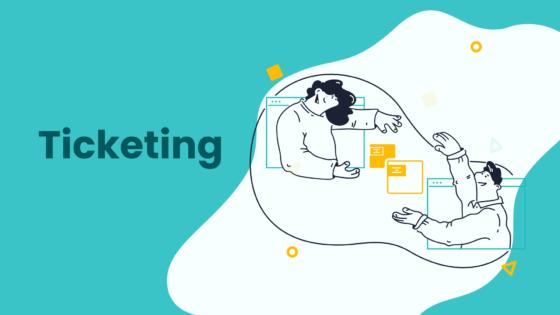
The flexible IVR system streamlined call routing, ensuring customers connected with the right agents. Multilingual support allowed agents to address inquiries in customers’ preferred languages. Additionally, Sobot’s integrated workbench unified communication channels, reducing the need for system switching. These improvements led to a 50% reduction in resolution time and a customer satisfaction score of 96%.
This case study demonstrates how leveraging advanced tools like Sobot’s can transform your customer service operations. By optimizing workflows and empowering agents, you can achieve faster resolutions and enhance the overall customer experience.
Tips for Staying Competitive with Resolution Time Benchmarks
Staying competitive requires continuous evaluation of your resolution time benchmarks. Benchmarking allows you to compare your performance against industry standards, such as average resolution time or satisfaction scores. This process identifies areas for improvement, enabling you to develop actionable strategies to meet or exceed these benchmarks.
Utilizing enterprise-level tracking tools, like Sobot’s analytics dashboard, helps you monitor performance metrics in real time. This data-driven approach ensures adjustments are based on actual performance rather than intuition. Visualizing KPIs simplifies complex data, empowering your team to act on insights effectively. For example, tracking MTTR through Sobot’s system can reveal bottlenecks and guide workflow optimizations.
By adopting these practices, you can reduce resolution time, improve MTTR, and deliver exceptional customer service. Staying ahead of benchmarks not only enhances customer satisfaction but also strengthens your competitive edge in the industry.
Tracking resolution time is essential for improving customer satisfaction and operational efficiency. Metrics like average handling time (AHT) and resolution rate provide actionable insights into your support team's performance. For example, adhering to service level agreements (SLAs) ensures timely responses, enhancing the customer experience.
To reduce resolution time, focus on automation, team training, and workflow optimization. Tools like Sobot's Ticketing System simplify these processes by automating ticket routing and providing accurate measurement of key metrics. By leveraging such solutions, you can improve MTTR, streamline operations, and deliver faster resolutions.
Explore Sobot's Ticketing System to transform your customer service strategy and achieve measurable improvement in resolution time.
FAQ
What is resolution time, and why is it important?
Resolution time is the duration it takes to resolve a customer issue from start to finish. It matters because shorter resolution times improve customer satisfaction and operational efficiency. Tracking this customer service metric helps you identify areas for improvement and enhance the overall customer experience.
How can I calculate the resolution time for my support team?
To calculate the resolution time, subtract the ticket's start time from its end time. For average resolution time, divide the total resolution duration by the number of resolved tickets. Tools like Sobot's Ticketing System automate this process for accurate measurement.
What factors influence the resolution time of incidents?
Internal factors like team training and workflow efficiency impact resolution time. External factors include customer complexity and communication channels. Addressing bottlenecks and optimizing processes can significantly reduce resolution time and improve MTTR.
How does automation help reduce resolution time?
Automation streamlines repetitive tasks like ticket routing and SLA reminders. This allows your support team to focus on issue resolution. Sobot's Ticketing System uses AI-powered tools to improve MTTR and ensure faster resolutions.
What metrics should I track to improve resolution time?
Track metrics like mean time to resolution, first contact resolution rate, and average resolution time. These customer service metrics provide insights into your team's performance and help you identify areas for improvement.
See Also
Enhancing Call Center Efficiency Through Effective Monitoring
Improve Your Around-the-Clock Live Chat Productivity
Ten Strategies to Enhance Live Chat Customer Experience
